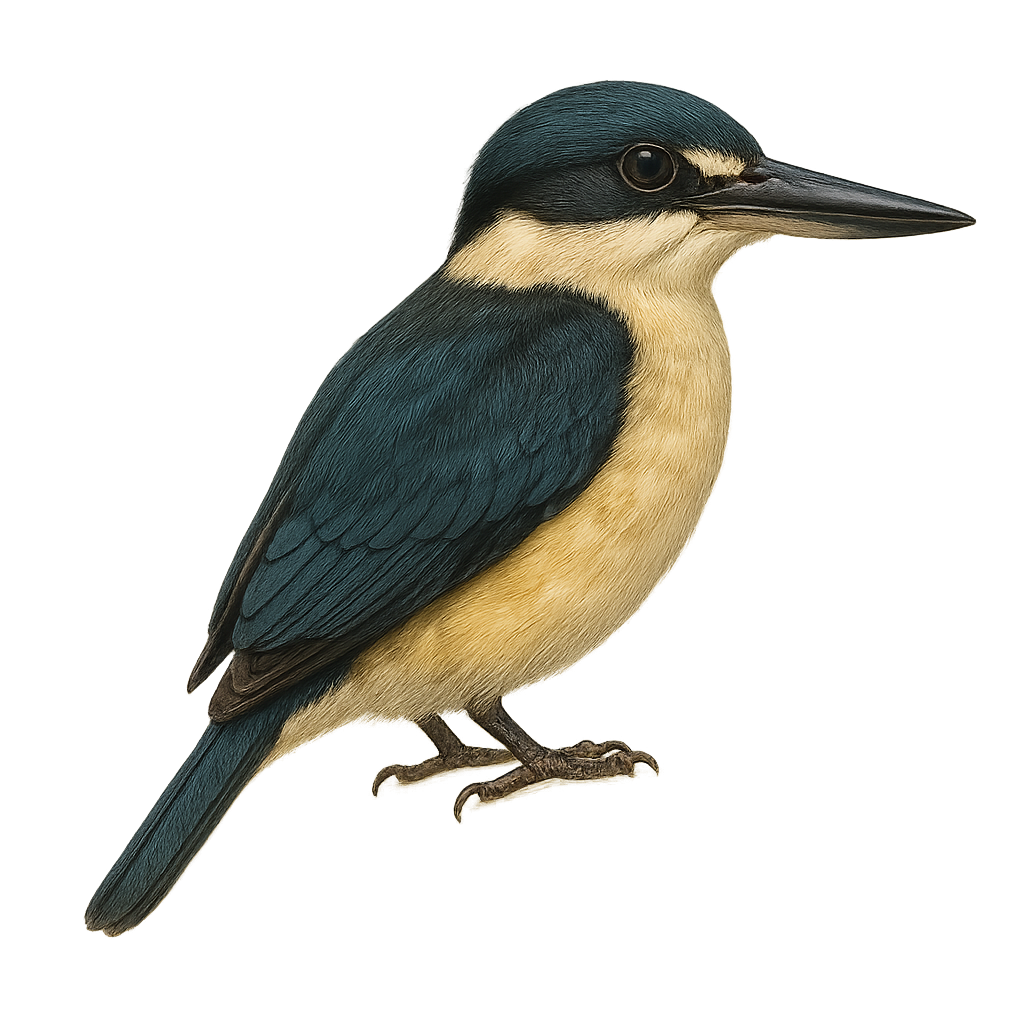Your wildlife photography guide.
Explore the bismarck kingfisher in detail, study its behavior, prepare your shots.
Where to observe and photograph the bismarck kingfisher in the wild
Learn where and when to spot the bismarck kingfisher in the wild, how to identify the species based on distinctive features, and what natural environments it inhabits. The WildlifePhotographer app offers tailored photography tips that reflect the bismarck kingfisher’s behavior, helping you capture better wildlife images. Explore the full species profile for key information including description, habitat, active periods, and approach techniques.
Bismarck Kingfisher
Scientific name: Ceyx websteri

IUCN Status: Vulnerable
Family: ALCEDINIDAE
Group: Birds
Sensitivity to human approach: Suspicious
Minimum approach distance: 10 m
Courtship display: June to July
Incubation: 20-22 jours
Hatchings: June to August
Habitat:
Tropical rainforests, rivers, wooded areas
Activity period :
Primarily active during the day, with peak activity in the morning and late afternoon.
Identification and description:
The Bismarck Kingfisher, or Ceyx websteri, is a rare and fascinating bird endemic to the humid tropical forests of the Philippines. This small bird, measuring about 12 cm in length, is distinguished by its bright plumage with vivid blue and orange hues. It primarily inhabits wooded areas near water bodies, where it feeds on small fish and aquatic insects. Its discreet presence and shy behavior make it difficult to observe in its natural habitat. The Bismarck Kingfisher is currently classified as a vulnerable species due to deforestation and loss of its natural habitat. Conservation of this bird is crucial to maintaining the biodiversity of the Philippine forest ecosystems.
Recommended lens:
400mm – adjust based on distance, desired framing (portrait or habitat), and approach conditions.
Photography tips:
To photograph the Bismarck Kingfisher, it is advisable to use a telephoto lens of at least 400mm to capture detailed images from a distance. Given its suspicious behavior, it is best to camouflage yourself and remain still to avoid scaring it away. Choose a spot near water, where it is likely to hunt. The best times to observe it are early in the morning or late afternoon, when the natural light is soft and flattering. Be patient and ready to wait to get the perfect shot of this rare and colorful bird.
The WildlifePhotographer App is coming soon!
Be the first to explore the best nature spots, track rutting seasons, log your observations, and observe more wildlife.
Already 1 449 wildlife lovers subscribed worldwide

